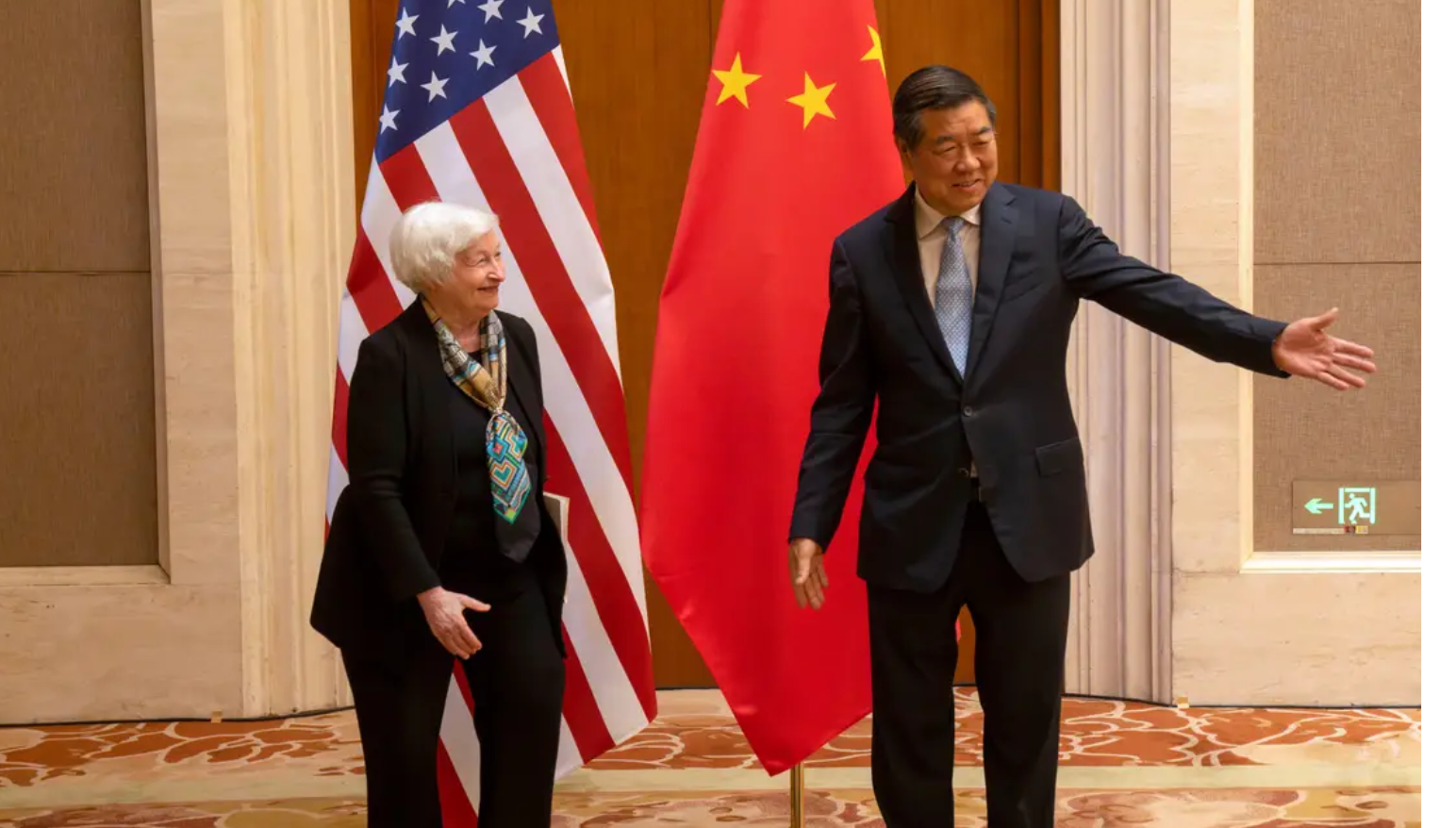In a recent interview, Jamie Dimon, the CEO of JPMorgan Chase, issued a stark warning to the United States regarding its fiscal deficit. Dimon’s stern warning has significant ramifications, not only for policymakers but also for investors closely monitoring economic trends and government policies that can influence market dynamics and investment strategies.
Dimon’s primary concern revolves around the rapid escalation of the fiscal deficit, which currently stands at a staggering 6% of the nation’s GDP. This surge is largely attributable to the extensive measures implemented during and after the COVID-19 pandemic, including interest rate hikes, tax cuts, and massive stimulus programs. While these actions were intended to buoy the economy during turbulent times, Dimon cautions that their long-term consequences, if not counterbalanced by fiscal discipline, could be detrimental.
A prominent issue highlighted by Dimon is the potential impact on inflation. Unchecked deficit spending can fuel higher inflation rates, eroding the purchasing power of investors and consumers alike. Inflation trends are closely watched by investors, as they can influence interest rates, asset prices, and overall investment strategies. Moreover, a ballooning deficit can signal underlying economic imbalances, potentially necessitating corrective measures in the future that could disrupt investment portfolios.
Moreover, Dimon’s remarks shed light on the broader economic outlook. A ballooning deficit can signal underlying economic imbalances and may necessitate corrective measures in the future. For investors, this underscores the importance of staying informed about macroeconomic indicators and government fiscal policies that can shape investment opportunities and risks.
Dimon’s call for addressing the deficit resonates with the broader theme of fiscal responsibility in investment strategies. Investors often seek opportunities in sectors or assets less vulnerable to fiscal uncertainties or inflationary pressures. Diversification across asset classes and regions can also mitigate risks associated with policy changes. Furthermore, Dimon’s commentary underscores the interplay between government policies and market dynamics, as policy decisions, such as deficit reduction efforts, can shape market sentiment, investor confidence, and long-term economic stability.
Furthermore, Dimon’s commentary touches on the relationship between government policies and market dynamics. Investors are mindful of how policy decisions, such as deficit reduction efforts, can influence market sentiment, investor confidence, and long-term economic stability. Understanding these interconnections is crucial for making informed investment decisions.
Beyond fiscal matters, Dimon’s advocacy for respectful dialogue and understanding across political divides is noteworthy. Political stability and consensus on economic policies can contribute to a favorable investment climate. Investors value predictability and clarity in policy frameworks, as they provide a foundation for long-term planning and investment allocation.
In conclusion, Jamie Dimon’s warning regarding the U.S. fiscal deficit carries significant implications for investors. It underscores the importance of fiscal responsibility, the potential impact on inflation and market dynamics, and the value of informed decision-making in navigating economic uncertainties. As investors evaluate opportunities and risks, staying attuned to developments in fiscal policy and economic trends will remain paramount in shaping investment strategies.
| Want small cap opportunities delivered straight to your inbox? Channelchek’s free newsletter will give you exclusive access to our expert research, news, and insights to help you make informed investment decisions. Get Instant Access |












